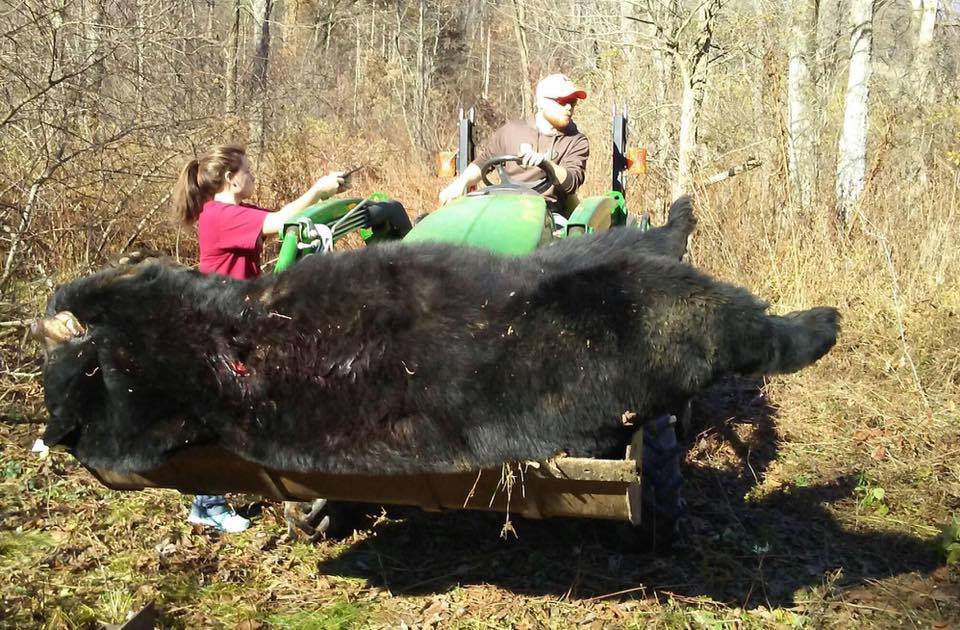

With several false starts - the decision to change to the 9mm cartridge/pistol combination was not finalized until 1985-the manufacturers turned to the law enforcement and civilian markets to sell their new generation of higher capacity, double-action service pistols. 45 ACP to a pistol chambered for the NATO standard 9x19mm cartridge. military from the 7-shot Colt Model 1911 in. The 1970-1980’s was also the timeframe in which firearms manufacturers were coming out with new 9mm pistols in anticipation of a change in the U.S. The high-capacity handgun of the day was the 13+1-round 9mm Browning Hi-Power that came onto the market in the mid-1930’s. For civilian and law enforcement use, the 7.65mm (.32 ACP) or the 9mm Kurtz/Corto (.380 ACP) were the standard. The standard pistol chambering was 9 x 19 mm (aka 9mm Luger or 9mm Parabellum) although in most countries the use of this cartridge was limited to the military. In Europe, semi-automatic pistols were much more popular than revolvers were. 45 ACP was the predominant centerfire semi-auto pistol cartridge. 38 S&W Special with some agencies using the. The standard centerfire revolver cartridge in the U.S. In Europe, revolver and pistol capacity was similarly in the 6-8 round range. Prior to the 1970’s, most American law enforcement agencies carried 6-shot revolvers and even the military carried 7-shot semi-automatic pistols or 6-shot revolvers. If this is true, then why is there so much concern about ammunition capacity in firearms used for self-defense in the United States? Yet, FBI statistics indicate that on average most violent encounters are over within a few seconds and that if gunfire is involved, only 2-3 shots are fired. There is an old saying that says, “There is no such thing as bringing too much ammo to a gunfight!” Those concerned with personal protection and concealed carry seem to have accepted this as fact.


 0 kommentar(er)
0 kommentar(er)
